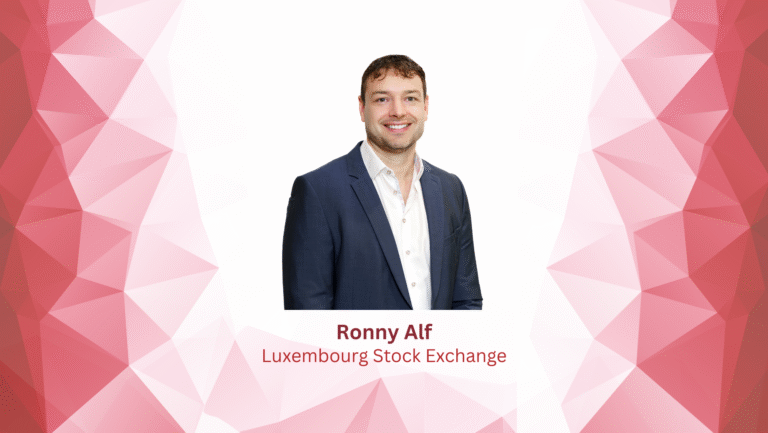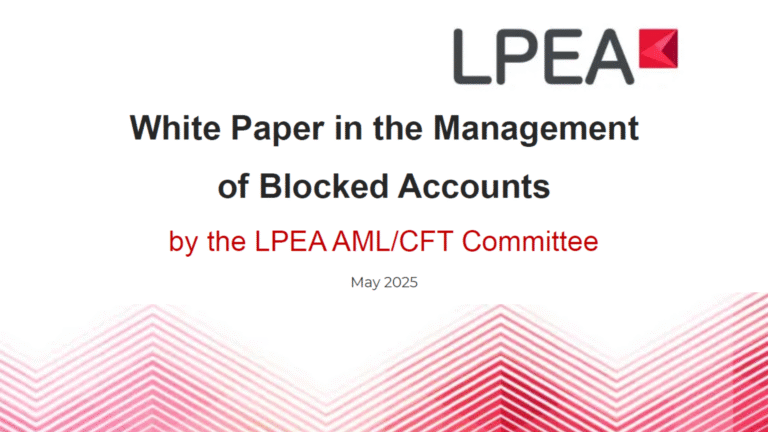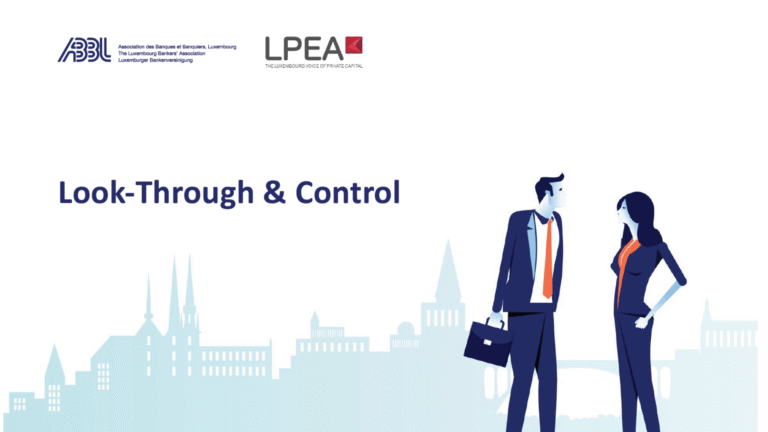Persistent negative interest rates (in EUR) force asset managers to reinvent their business model to focus on a “more dynamic” cash management model to avoid value destruction that a (too) prudent short-term placement would imply. Taking an assured dry loss or preferring an investment with relative positive returns and limited volatility is a real strategic choice to consider.
Negative interest rates will persist
Interest rates in EUR have been negative for some years, as have some Scandinavian, Swiss, or Japanese rates. Even the Dollar has seen its rates melt in recent months and tend towards zero. The Pound Sterling will also go into negative territory. One thing is now certain, interest rates will remain negative for a long period of time. This will weigh heavily on the profitability of banks, even if they floor loans to zero percent. The cost of negative rates to the banks becomes so heavy that they are all (or almost all) aligned with the idea of charging negative returns on any deposit, whatever the duration and whatever the amount. No bank is more interested in zero percent deposits when they themselves invest at -0.55% (i.e. ESTR). At best, the bank should charge the fund at a rate equivalent to the over-night rate with a margin for the bank in addition, i.e. minus 70+ basis points (all-in). This means that when an alternative fund has an amount in a current account or wants to invest it in the short term, the return will be largely negative. A fund is not meant to lose value on temporary cash surpluses. It is therefore a challenge that they must now face. How to avoid a cost, if they cannot obtain a return for a period that is not incredibly positive? However, there are short-term solutions and products to avoid the negative impact of interest rates. One of the basic products is the money market fund. There are “AAA” money market funds, but others without a credit rating and even some with a slightly longer average duration profile, which improves the return, while guaranteeing daily liquidity (which the term deposit does not offer). It can even reduce risks with a (more) diversified portfolio. It seems to us that improving return and reducing risk at the same time is a double advantage that cannot be overlooked. Having negative rates requires hedge fund managers to minimize excess liquidity to limit interest charges. It is necessary to avoid calling on liquidity through too untimely or too frequent “calls”. It is better to borrow short-term via bridge loans, since the cost of borrowing is favorable (even if all rates are “floored” at zero percent). In short, it is better to be “short” than “long” when the rates are so negative. However, as we have explained, there are short-term products that can improve returns, mitigate risk, and avoid angering your banker.
Time to revisit short term investment policies
Yet we must get used to this risk and the idea that rates are not ready to rise immediately and even if they go up again, they would do so smoothly and at a pachyderm pace. So, we need to demonstrate patience, who is the mother of virtues, but not the one cultivated by the treasurers or fund managers… How to do better or its best with sub-zero rates? This is the impossible equation that we are being offered. Japanese have known this for well over 20 years. The ZIRP (“Zero Interest Rate Policies”) have shown their limits. ECB went even lower than the ground floor in terms of interest rates. What would be the reasons to believe in rising rates as populations age, the economy is still slowing down, the cost of living is already very expensive, and States are over-indebted.
This is indeed a Cornelian dilemma to be solved. How can inflation be avoided while boosting the economy and employment? Central banks are desperately trying to stimulate their economies without really getting there and after using an incredible and unprecedented fighting arsenal. The policies of ZIRP have shown their limits, I fear. An instrument that is supposed to be temporary, such as Quantitative Easing, becomes permanent. It is the central banking world that is upside down. I don’t think we should expect much from that side. So, what do we do?
Isn’t it time to completely revisit your investment policy? The problem has only lasted too long and it will continue. To do nothing or propose nothing to a CFO and Board would be pure folly. Timing and motivation come together to finally allow new investment strategies to be more aggressive without being messy or reckless. It is high time to try to put in place more dynamic strategies with “positive return” potential, at the risk of perhaps not winning at the end. But it’s better to try than to lose for sure, isn’t it? Corporate treasurers have understood that it is the right time to try to change its short-term investment strategy gradually and to test new solutions and different strategies. Why not doing the same at alternative fund management level?
Volatility, when you hold us!
Volatility in financial terms, the Greek letter sigma, means the degree of variation in a series of prices processed over a defined period, measured by the standard deviation of income. It measures the price change of an asset over a defined period. The wider the price range, the greater the volatility. When short-term rates are at minus 0.55%, it is no longer volatility but proven realized losses, accrued over time. If you are willing to accept such a loss, why not accept a contained volatility of say same level by accepting other asset classes with more volatility than deposits to reach an acceptable portfolio volatility? Let us be “disruptive” too in our liquidity management to avoid risk of simply seeing the damage. A doctor is not there to keep the patient alive but to cure him. The fund manager is the doctor who keeps the patient alive without seeking to cure him. The comparison is certainly strong but illustrates the spite of some peers in the face of an inescapable and lasting situation, alas.
The alpha and the omega
The alpha measures the performance of an investment portfolio against a reference value, e.g. ESTR for short term investments (i.e. degree to which investor has successfully outperformed the benchmark, or not). It can therefore be positive or negative. Beta tells us whether the underlying is more volatile (or less volatile) than the market. So, amplifying your alpha is a goal of any asset manager (up to a certain predefined risk tolerance/appetite). It can only be achieved by a (partly) differentiated strategy and a combination of money market funds and longer-term underlying assets or funds, including maybe corporate debt too. Unfortunately, the miracle recipe and the universal panacea do not exist. You will need to be patient and gradually try to infuse a more dynamic management portion to convince of the relevance of such a dissociated and new strategy. We cannot stay motionless and simply tolerate losses caused by negative rates. It is the only parade I see without taking reckless risks that no one would want to take.
François Masquelier, Simply TREASURY




